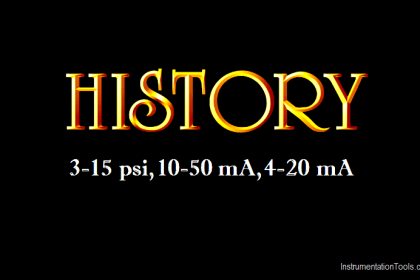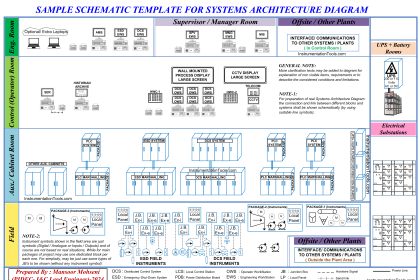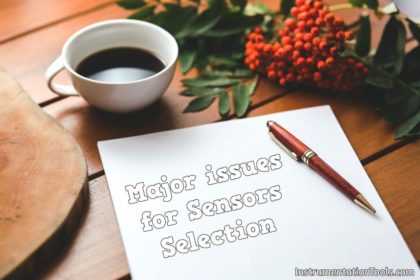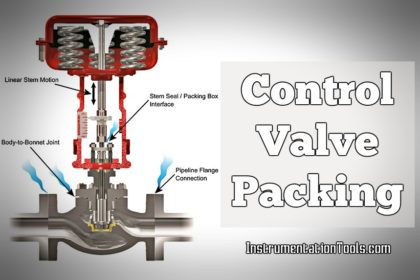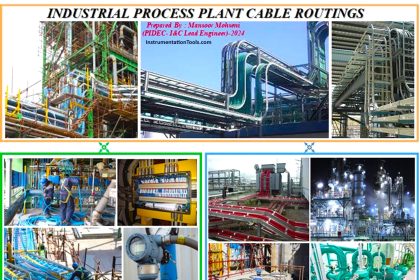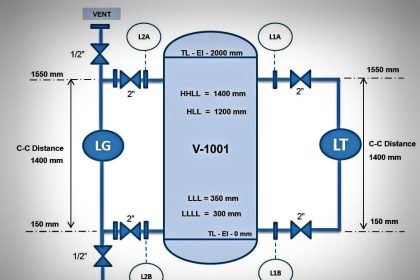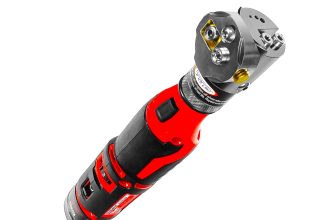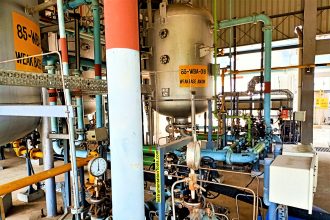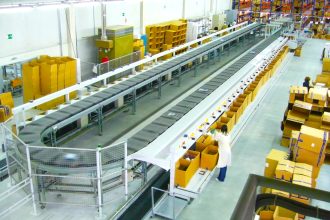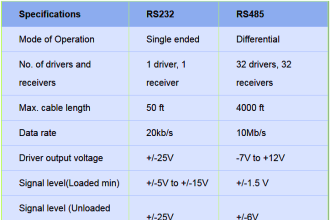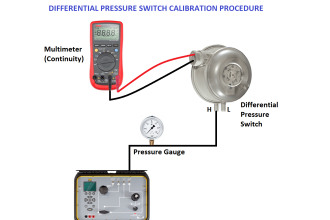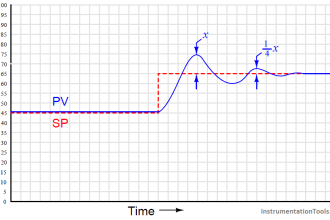The article describes a improvement for better life and easy maintenance for instrumentation cable trays for industry. The practices if applied can be a better choice over a traditional approach of installing cable trays.
The cable trays are a mean to route the cables to the field destination from control room /MCC to the required field instruments. If we see the traditional methods of installation of them, we will find that most of the installed cable trays are laid in horizontal orientation.
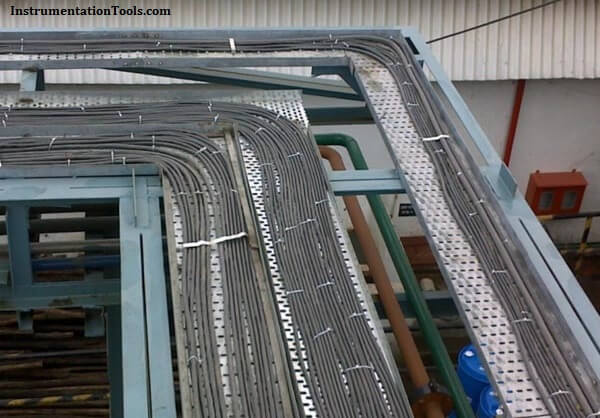
The problems which can be faced in the cable trays in long term are
- Accumulation of dust on the tray.
- Accumulation of water droplets, if the holes are clogged due to dust and dry leaves and other particles
- Chances of ingress of water in cables if the insulation is damaged due to any technical reasons/ageing.
- Increased height as layer on layer goes up.
- Difficult maintenance and safety risk due to the related heights.
Proposed modification:
The above issues can be minimized to a great extent if we can install the instrumentation cable trays in vertical orientation .Although a little bit higher cost during the installation we can have various long term benefits of
- Minimizing the accumulation of dust/foreign particle
- Reduced risk of heights as vertical trays can be at same height.
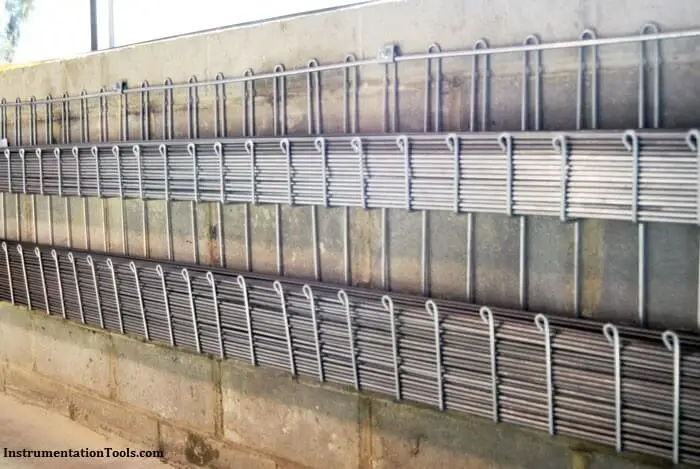
The new installations /projects can use the technique in the project stage itself so that they can get maximum benefits and achieving longer life and reduced maintenance cost on account of material and manpower. Similarly old installation can be modified in a phased manner on availability of opportunities like longer shutdown and preventive maintenance schedules .
Article Written by:
Sh. Pravin V. Maheshkar
Management & technical consultant/trainer Freelance
Previously Manager –Inst & Business excellence
(Hindustan zinc ltd ,Echjay steels ltd,total:23 yrs)

